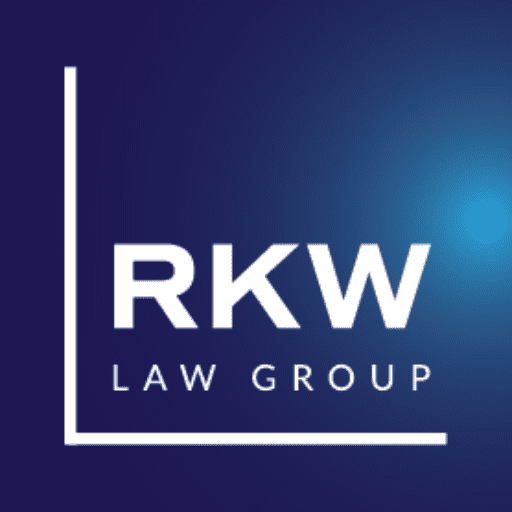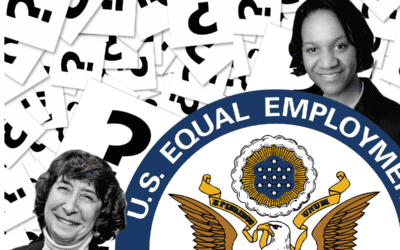Perhaps not surprisingly, one of the most frequent topics of discussions which we have with the nonprofits we represent involves issues surrounding their Boards. These issues vary from board structure, handling board member disputes, and ensuring a structure which promotes engagement and transparency. Through all of these discussions, we have noticed that although most nonprofit Board members are passionate about the cause of the organization, the most successful Boards have strong leaders and clearly defined infrastructure in the organization to support engaging the Board and supporting its objectives.
Board infrastructure includes having clear bylaws, processes, qualifications and expectations. Much like driving a car somewhere, if the organization does not have clear roads and rules for the road, the path to getting where it wants to be becomes less of a certainty.
Although not intended as an exhaustive list, these are a few of the things effective nonprofits have in place to drive them forward:
- Clear Bylaws which detail obtaining membership on the Board, duties among the members, a fair division of labor among members or committees, and a set cycle for meetings
- A process for ensuring fair resolution of ties or deadlocks
- The Board conducts periodic self-assessments or other director evaluations
- The Board has a plan for cycling Board members or leadership to develop depth and fresh perspectives
- The Board have clear direction for committees including an audit committee
- The organization has a written conflict of interest policy which includes requiring disclosure of potential conflicts for Board members
- The organization has a written whistleblower policy
- The organization has a written document retention and destruction policy
- The organization makes its tax filings available to the public to promote transparency and engagement
If you need help in structuring your Board or its processes, please feel free to reach out to me at dwalsh@RKWLawGroup.com.










